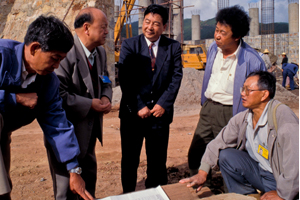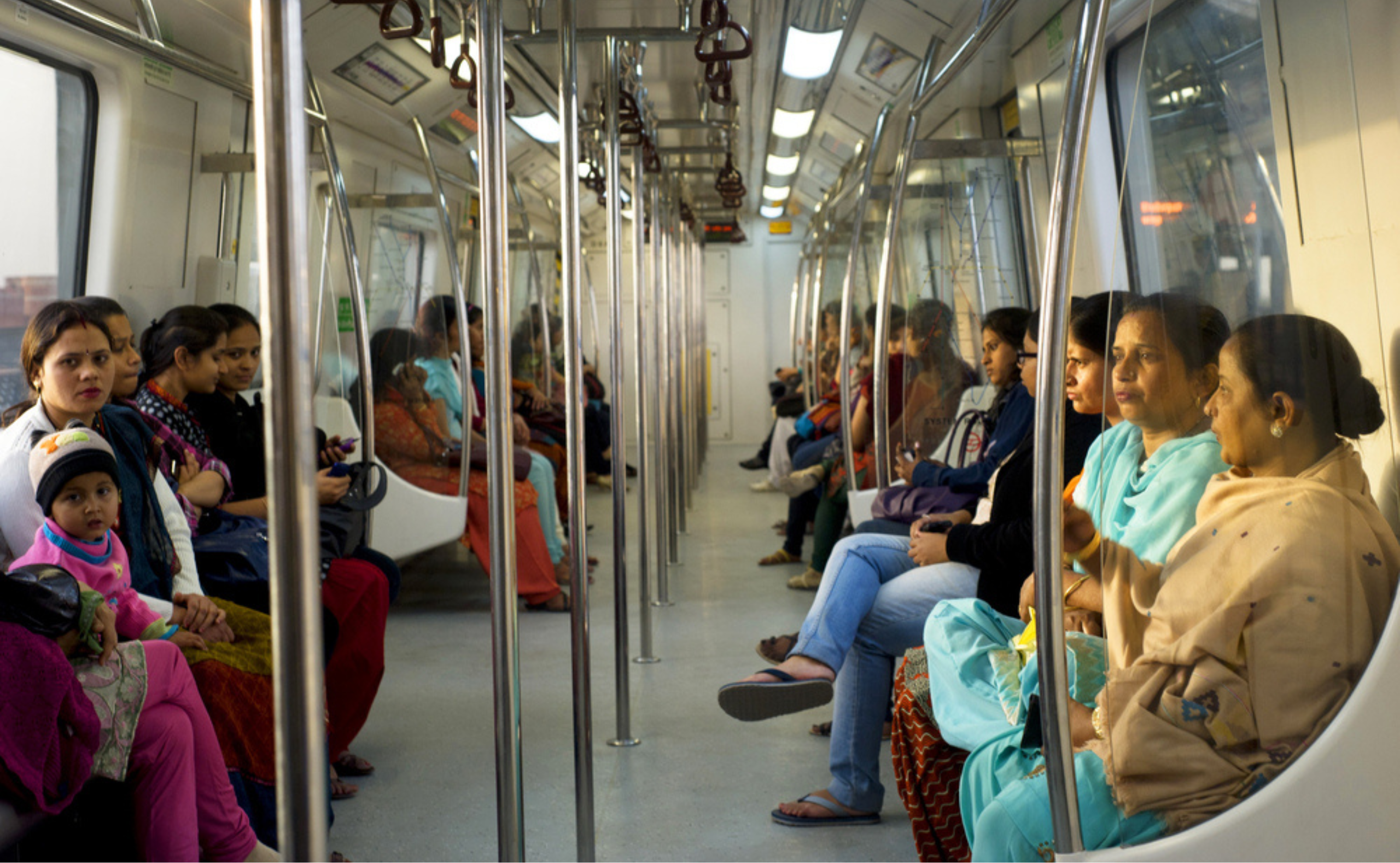
Are the BRICS countries (Brazil, Russia, India, People’s Republic of China, South Africa) new aid donors? No, they are long-standing providers of foreign assistance, with the People’s Republic of China (PRC) commencing its foreign assistance programs in 1950, Russia in 1955, Brazil in 1960, and South Africa in 1968. However, the BRICS’ foreign assistance programs have grown in recent years, some dramatically. Though the BRICS countries are grouped together, the PRC is by far the largest and most significant player. In January 2011, the Financial Times reported that in 2009–2010, PRC lending to the poorest states exceeded that lent by the World Bank.
Figures vary widely, but it is estimated that Brazil provides foreign aid in the range of $400 million to $1.2 billion a year, the PRC provides $4 billion to $25 billion a year, and India provides $680 million to $2.2 billion a year. (Russia provides about $500 million a year and South Africa less than $150 million a year.) Brazil focuses on Africa, Latin America, and Portuguese-speaking countries in aid for agriculture, education, and health, mainly via technical cooperation and co-financed projects. It also provides some debt relief and large amounts of emergency assistance. The PRC focuses mainly on Africa and Asia in extending assistance for infrastructure, industrial and energy development, via bilateral aid, projects, technical cooperation, and debt relief. Its assistance often involves in-kind, mainly labor, aid in addition to financial aid. India’s assistance goes largely to its neighbors, Afghanistan, Bhutan, and Nepal, but increasingly is looking to Africa in aid for infrastructure, IT, and capacity building and training. India’s aid is mostly in the form of technical cooperation and is project oriented—with the exception of more general support to its neighbors. It also provides some debt relief.
Traditional versus non-traditional donors
Like traditional donors, emerging donors provide assistance as one way to increase their global presence and impact in alignment with their foreign policy objectives. However, key differences exist between emerging non-traditional donors and traditional aid donors. The philosophies of non-traditional donors harken back to the 1955 Bandung Conference of the Non-Aligned Movement, where the principles of non-interference and territorial integrity were established. They do not regard themselves as donors—working with development partners, not aid recipients. There are no conditionalities (although there are some aspects of tied aid).
What are the implications and future directions of non-traditional donors? First, the concern is that emerging donors might increase the recipients’ debt levels, ignore environmental and social impacts, and focus on extracting resources, or they may not provide benefits such as local jobs and technology transfers—resulting in an erosion of the progress that has been made in the traditional aid community in these areas. Second, in the absence of verifiable data, uncertainty about total assistance levels will continue. None of the BRICS countries provide official aid data, using universal standards, on an annual basis. Most are unlikely to join the OECD Development Assistance Committee (DAC), where more than 30 non-traditional donors are outside this framework, though some, including Arab donors, do provide the DAC with information on their aid programs. Related to this point, aid statistics vary widely, as the numbers reported include not only traditional aid, but also mainly in the case of the PRC, concessional loans and state sponsored or subsidized overseas investments are often included, making the PRC a very large player, indeed. The PRC published a White Paper in 2011, reporting that it has committed $40.5 billion in foreign assistance since 1950. This report was universally welcomed and well received, and annual updates would be highly recommended.
BRICS bank on the horizon?
The BRICS countries are seriously considering the establishment of a new multilateral development bank, a “BRICS bank.” Part of the impetus for the creation of a new bank is the as yet unsatisfactory resolution of “voice and vote” issues at many major international financial institutions, including the IMF and the World Bank, and the unwillingness of OECD donors to (again) recapitalize the multilateral development banks. Though additional assistance for low-income countries is highly welcome, various thorny issues need to be addressed before such an institution can be established. Where will the new bank be located? What will the governance structure be, such as the president and the board? What products and services will it provide? At what level will it be capitalized? In what currencies will its assistance, including loans, be made?
Traditional aid donors may have much to learn from the experiences of the emerging donors, including the BRICS countries, but first, we need to know a great deal more about their track records, experiences, and impacts.
Note: The views expressed are of the author alone and do not reflect the views of ADBI or Johns Hopkins/SAIS.




